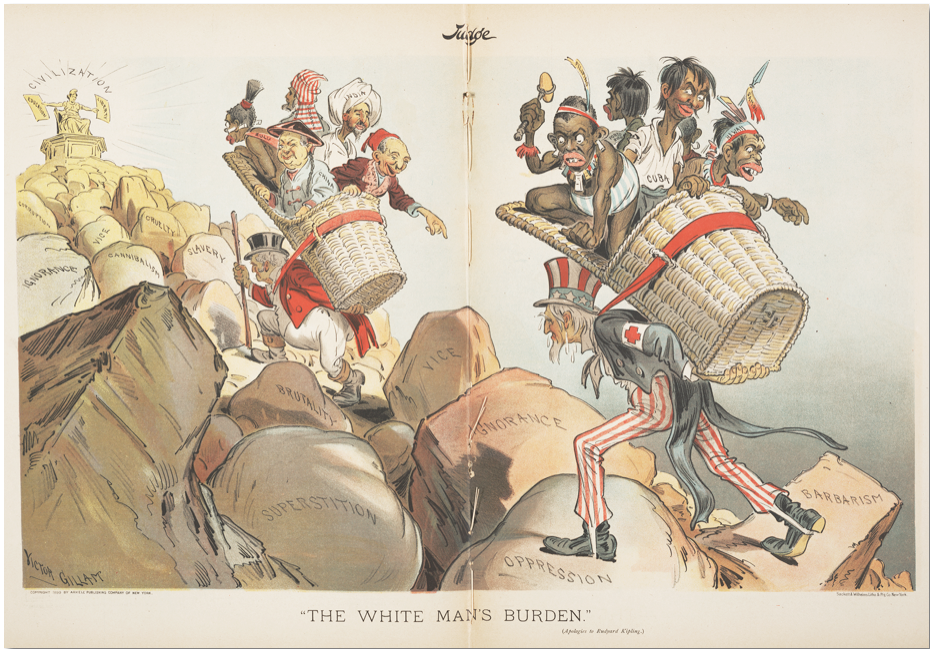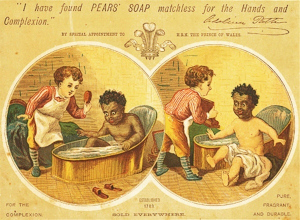Jillian Holbrook
AP European History 🇪🇺
335 resourcesSee Units
Darwinism
Charles Darwin, a naturalist and biologist from England, published On the Order of Species in 1859 after his observations during a series of trips to the Galapagos Islands, where he questioned how variable traits in organisms within a species allowed certain individuals to withstand environmental pressures and pass on their traits to offspring at higher rates. Through the Theory of Natural Selection, Darwin proposed that species change over time when individual organisms better adapted to their environment have a greater ability to survive and reproduce.
Essentially, heritable traits (traits able to be transferred genetically from parent to offspring) that are beneficial to survival and reproduction accumulate and allow a species to change over long periods of time, which we describe as evolution. A mechanism of evolution is natural selection because individuals within a species that are better adapted to their environment have a higher degree of fitness or suitability to survive and pass on their traits. We can simplify these ideas for AP European History as 'survival of the fittest,' where individuals within a species are better equipped to manage immediate threats to survival in their environment.
As students of AP European History, understanding the scientific nuances of Darwin's theories of natural selection and evolution is not as important as how these concepts were applied to justify human exploitation and oppression.
Darwin's ideas profoundly impacted the scientific community; however, describing the biological change in the development of organisms, including humans, inadvertently became a justification for racialist theories known as Social Darwinism.
Social Darwinism
In 1871, Darwin published The Descent of Man, which applied the basic theory of natural selection and evolution to the relationships and societal interactions of the human species. Social Darwinism claimed that certain races or classes of people were inherently superior and that social and economic inequality was a result of the "survival of the fittest." It was used to support racial ideas and imperialist tendencies, including colonialism, eugenics, exploitation, and oppression.
Distorted "scientific experimentation" from Social Darwinism was used to support the dominance of the white race and promote the belief that the white race was more socially advanced and qualified to take over the world outside of Europe.
A common example of Social Darwinism is Rudyard Kipling’s White Man’s Burden. The poem explains it is the burden of the most intelligent, strong, and righteous of men to “take care” of natives and their possessions. White Europeans had a so-called moral obligation to "civilize" and "Christianize" the world through colonization.

Racism long existed in Europe, with discrimination against non-white people depicted in writings throughout the Renaissance. However, belief in racial stereotypes transformed when it became associated with biological science from Darwin's theories. For example, Pears Soap advertisements ran in the early 19th century in Britain, claiming that they could “cleanse” skin of dark pigmentation:

Pears Soap Advertisement
Social Darwinism and its associated ideas of racial superiority have been discredited by modern science and are widely rejected as being baseless, harmful, and morally indefensible! However, it is important to understand how Social Darwinism served as a justification for discriminatory practices through a historical lens.
🎥 Watch: AP European History - 19th Century -isms
Browse Study Guides By Unit
🎨Unit 1 – Renaissance & Exploration
⛪️Unit 2 – Reformation
👑Unit 3 – Absolutism & Constitutionalism
🤔Unit 4 – Scientific, Philosophical, & Political Developments
🥖Unit 5 – Conflict, Crisis, & Reaction in the Late 18th Century
🚂Unit 6 – Industrialization & Its Effects
✊Unit 7 – 19th Century Perspectives & Political Developments
💣Unit 8 – 20th Century Global Conflicts
🥶Unit 9 – Cold War & Contemporary Europe
📚Study Tools
🤔Exam Skills
👉Subject Guides

Fiveable
Resources
© 2025 Fiveable Inc. All rights reserved.